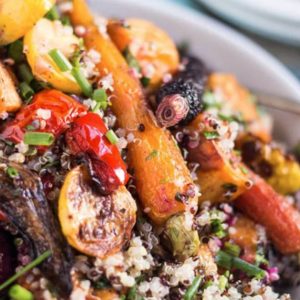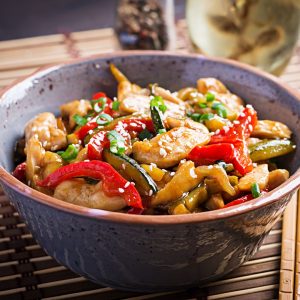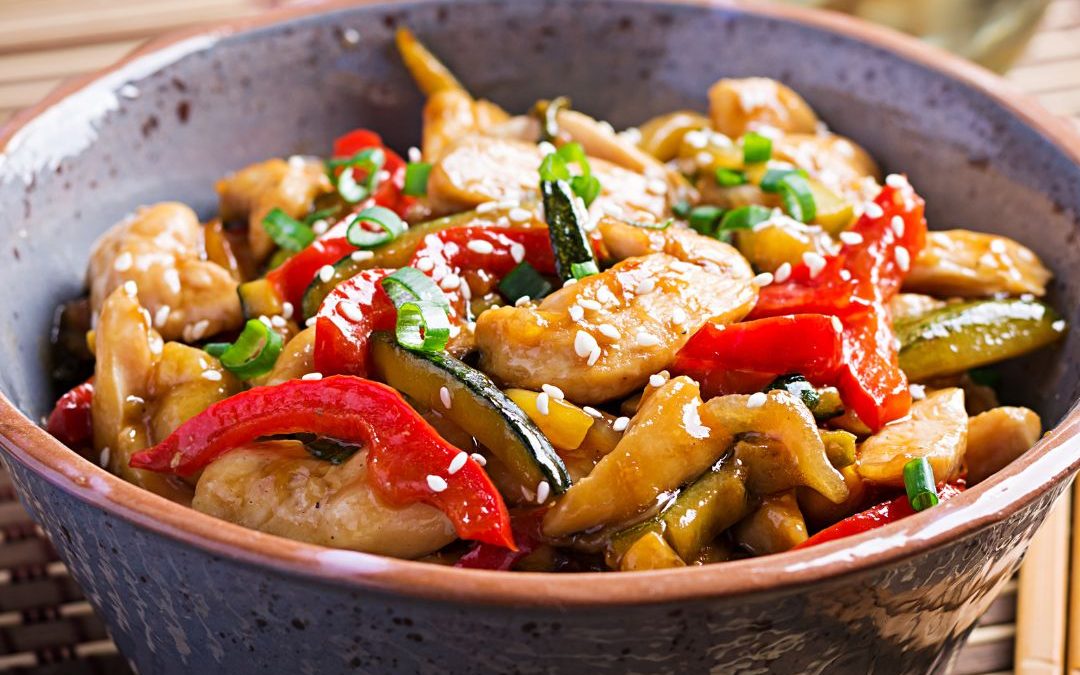World Allergy Week
Welcome to World Allergy Week! This annual global initiative aims to raise awareness about allergies, promote understanding, and provide support for those affected by various allergic conditions. Therefore, in this blog post, we will share valuable insights, practical tips, delicious recipes, and allergy free lunch boxes to help you navigate the world of allergies. In short, our goal is for you to embrace a balanced diet that supports your health.
Understanding Allergies:
To begin, let’s delve into the fundamentals of allergies. Firstly, did you know that 40% of children are diagnosed with an allergy and 1 in 3 people will develop some form of allergy over their lifetime?
Secondly, what do you think the most common allergies are? Here’s the answer: food allergies, eczema, hay fever and asthma!
Allergies occur when the immune system reacts abnormally to substances that are usually harmless such as pollen, dust mites, pet dander and foods. However, allergies can develop at any age. So you may find yourself suddenly allergic to something you have never had a problem with before. In saying that, some people may also grow out of allergies, including children.
Where Do Allergies Come From?
The tendency to develop allergies can be inherited. For example, if one or both parents have allergies, there is an increased likelihood that their children will also have allergies. However, allergies can manifest in various ways, affecting different systems of the body. For example, allergic reactions can involve the respiratory system (such as sneezing & wheezing), skin (rashes and hives), digestive system (abdominal pain and diarrhoea), or even the entire body (anaphylaxis)!
So, if you suspect you or your loved ones have allergic symptoms, it is important to seek medical advice. Our wonderful GPs are able to arrange testing and guidance for you and our dietitian is able to provide dietary and nutrition advice to help you lead a happy and healthy life.
Practical Tips This World Allergy Week:
A well-balanced diet forms the foundation of good health, and this principle holds true for individuals with allergies. Therefore, by nourishing your body with wholesome, nutrient-rich foods, you can strengthen your immune system and minimise allergic reactions. With that in mind, keep on reading for some key components of a balanced allergy-friendly diet.
Key components of an allergy-friendly diet:
- Fresh Fruit & Vegetables: Incorporate a wide variety of fruits and vegetables into your daily meals. These foods provide essential vitamins, minerals, and antioxidants that support immune function and reduce inflammation.
- Lean Proteins: Opt for lean protein sources like poultry, fish, legumes, and tofu. Because these options offer high-quality protein without common allergens such as dairy, egg, or nuts.
- Whole Grains: Include whole grains like quinoa, brown rice, and other gluten-free grains in your diet. Because these grains are rich in fibre, which aids digestion and helps regulate the immune system (among other valuable properties).
- Healthy Fats: Choose healthy fats such as avocados, good olive oil (such as Cobram), and nuts (if not allergic!) to provide essential fatty acids, which have anti-inflammatory properties.
- Probiotic-Rich Foods: Incorporate probiotic-rich foods like yoghurt (can be dairy-free options if allergic), kefir, and fermented vegetables to promote gut health. Because a healthy gut microbiome can positively influence immune responses.
Delicious and Allergy-Friendly Recipes:
To get you started this World Allergy Week, here a few delicious allergy-friendly recipes:
-
Quinoa Salad with Roasted Vegetables

Ingredients:
- 1 cup quinoa (soaked overnight to reduce bitterness)
- 2 cups water or vegetable broth
- Two cups mixed vegetables (such as capsicum, zucchini, cherry tomatoes, red onions and carrots), chopped into bite-sized pieces
- 2 tablespoons olive oil
- 1 teaspoon dried herbs (such as thyme, oregano, or rosemary)
- Salt and pepper to taste
- ¼ cup fresh parsley, chopped
For the dressing:
- 2 tablespoons lemon juice
- Two tablespoons olive oil
- 1 clove of garlic, minced
- 1 teaspoon Dijon mustard
- Salt and pepper to taste
Method:
- Preheat over to 200oC
- Rinse the quinoa thoroughly under running water. In a medium-sized saucepan, combine the rinsed quinoa and water or vegetable broth. Bring to boil over high heat. Once boiling, reduce heat to low, cover, and simmer for about 15 minutes or until quinoa is cooked and liquid is absorbed. Remove the heat and let it sit covered for 5 minutes. Fluff with a fork and set aside to cool.
- In a large bowl, toss the mixed vegetables with olive oil, dried herbs, salt, and pepper until evenly coated. Spread the vegetables on a baking sheet lined with parchment paper.
- Roast the vegetables in the preheated oven for about 20-25 minutes or until tender and slightly browned. Stir the vegetables once or twice during cooking for even roasting. Remove from over and slightly cool.
- Meanwhile, in a small bowl, whisk together the lemon juice, olive oil, minced garlic, Dijon mustard, salt, and pepper to make the dressing.
- In a serving bowl, combine cooked quinoa, roasted vegetables, and fresh parsley. Drizzle the dressing over the salad and toss gently to coat everything evenly.
- Taste and adjust the seasoning if needed. You can add additional herbs or squeeze of lemon juice for extra flavour, if desired.
- Serve the quinoa salad at room temperature or chilled. It can be enjoyed as a standalone dish or served with a side dish with grilled chicken, fish, or plant-based protein alternative.
-
Chicken Stir-Fry with Brown Rice

Ingredients:
Stir-Fry:
- 2 boneless, skinless chicken breasts or thigh fillets, cut into strips
- Two tablespoons olive oil
- 2 cloves garlic, minced
- 3cm piece of ginger, grated
- 2 cups mixed vegetables (such as capsicum, broccoli florets, broccolini, snap peas, and carrots), sliced or chopped
- 2 tablespoons tamari sauce (gluten-free option)
- 1 tablespoon honey or natural maple syrup (optional)
Brown Rice:
- 1 cup brown rice
- Two cups water or vegetable broth
Instructions:
- Cook the Brown Rice:
- Rince rice under cold water. In a medium-sized saucepan, combine the rinsed rice, water, or vegetable broth.
- Bring to boil over high heat, then reduce the heat to low, cover saucepan with lid, and simmer for 45-50 minutes, or until rice is tender and liquid absorbed.
- Remove from heat and let it sit covered for 5 mins. Fluff the rice with a fork before serving.
- Prepare the Stir-Fry:
- Heat the olive oil in frypan or wok over medium-high heat
- Add the minced garlic and grated ginger and saute for about 1 minute
- Then, add chicken strips and cook until brown and cooked through, stirring occasionally.
- Next, add mixed vegetables. Stir-fry for another 3-4 minutes or until vegetables are tender-crisp.
- In small bowl, whisk together the tamari sauce and honey or maple syrup. Then, pour sauce over chicken and vegetables and toss everything together to coat evenly.
- Lastly, cook for an additional 1-2 minutes until sauce is heated through.
- Serve the Chicken Stir-Fry:
- Divide cooked rice among plates or bowls
- Next, spoon the chicken stir-fry over the bed of rice
- Garnish with chopped fresh herbs like cilantro or green onions, if desired
- Finally, serve and enjoy!
Last but not least, if you, or a loved one is suffering with allergies – contact the friendly team at My Medical And Dental Centre today. So, this World Allergy Week, it’s time to learn more about allergies and how the affect those around us. In addition, follow us on Facebook or Instagram for more healthy tips in honour of World Allergy Week. For more information, Contact us today or book your appointment easily online!

